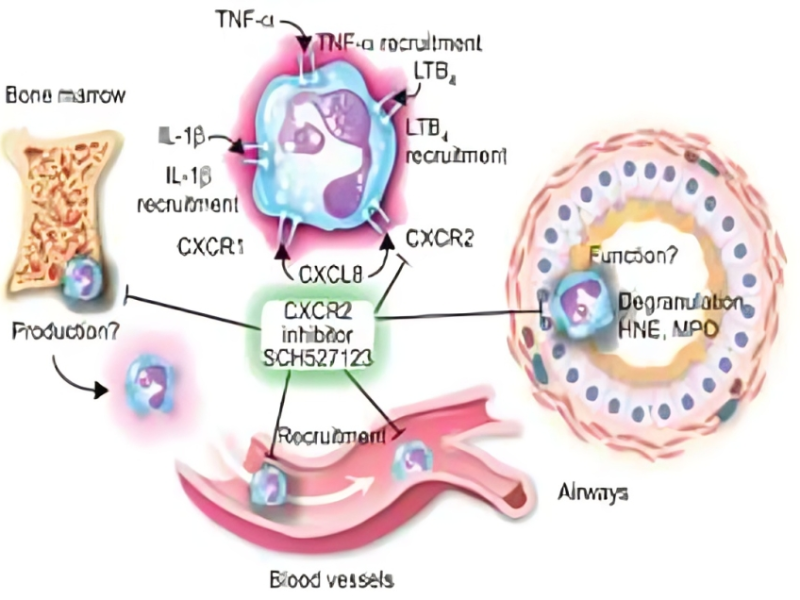
A study was conducted in Korea which included 30 individuals between the ages of 11-30 with moderate to deep acne scars. The participants were evaluated for efficacy and potency of Hyaluronic Acid using subdermal minimal surgery technology. They were given three sessions, with four-week gaps between each session. They were advised to report on side effects including pain and improvements of scars, if any. At the end of the three months, twenty percent of participants had a 75% improvement in scars, sixty percent noticed a 50-75% improvement, whereas, twenty percent noticed 25-50% improvement. There was spot bleeding during the procedure but it came down within 48 hours. Besides this, there were no other side effects reported.
Another recent study involving 12 individuals using Hyaluronic Acid for acne scars was carried out. Most of them saw an immediate difference in moderate to severe scars and did not report any side effects besides spot bleeding and edema. These studies offer encouraging results and prove Hyaluronic Acid is indeed an option for eliminating acne scars, without adverse side effects that are common with other procedures like chemical peels. The scar reduction was attributed to the volume-adding properties of Hyaluronic Acid.
Hyaluronic Acid is said to help with tissue regeneration and collagen production. Furthermore, the procedure chosen helped with improving skin tone and texture. However, the efficacy is decided based on the type of acne scar and the individual in question. A dermatologist would be the ideal person to comment or suggest if Hyaluronic Acid is suitable for an individual.
Acne scars are very common and can be quite depressing for youngsters and teens. We all have acne at some point, though scars leave unpleasant souvenirs. Scars can be mild to obvious discoloration, superficial or deeper scars, and more often, don’t seem to fade away with time. Scars can be more bothering when they are visible in areas such as our faces. There have been many advances in reducing or eliminating the appearance of scars, and perhaps Hyaluronic Acid is the latest trend.
While acid sources from herbal extracts are diverse, hyaluronic Acid is naturally found in our bodies and is most concentrated in the fluids that lubricate our joints and eyes.
Hyaluronic Acid is now synthesized in laboratories or taken from rooster combs for deployment in treatment and cosmetic procedures. Hyaluronic Acid is available in injections, and supplements and is also added to several cosmetic products.
